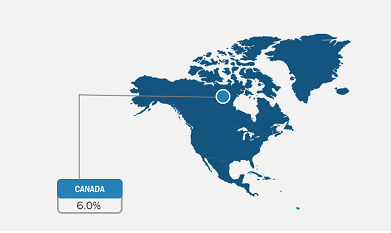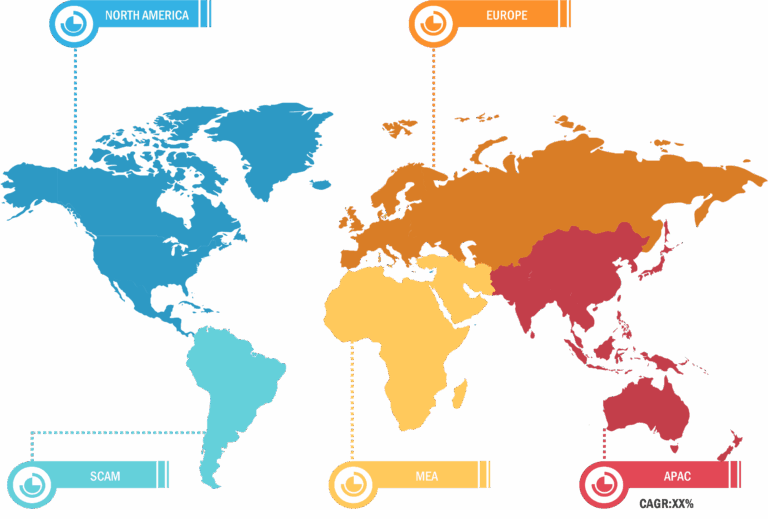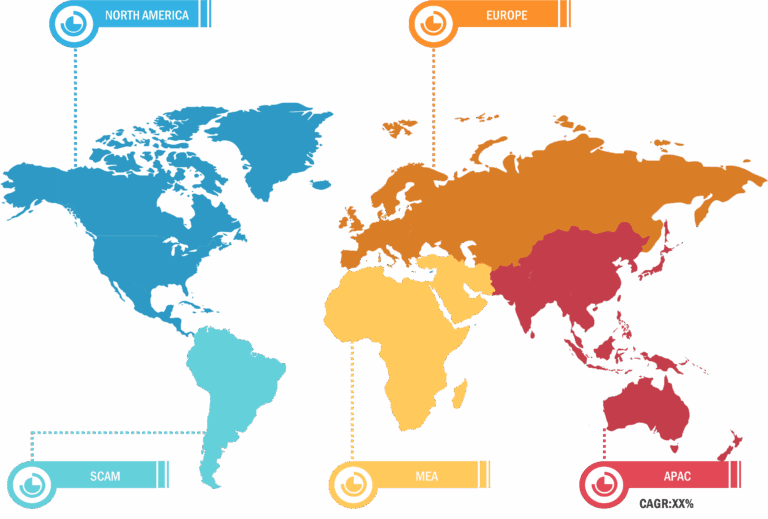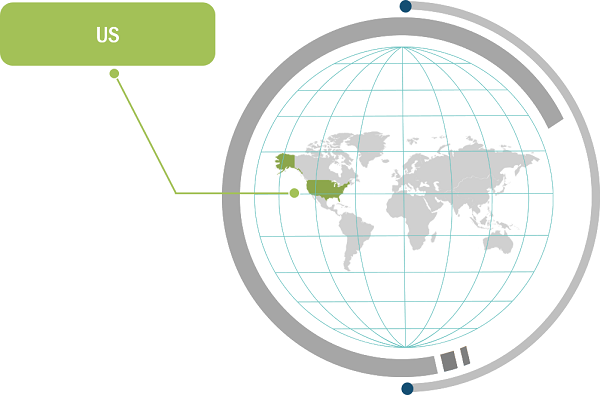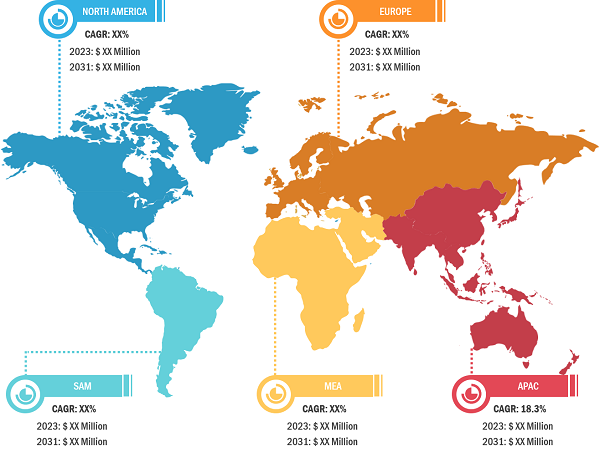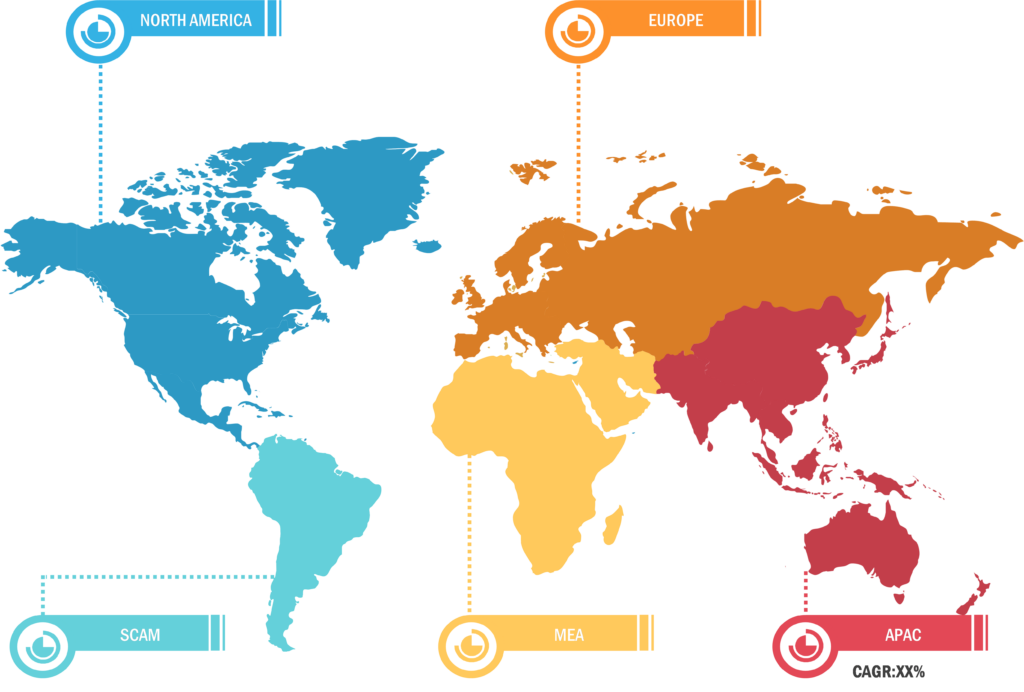
Mononucleosis Diagnostic Market
Mononucleosis Diagnostic Market Analysis
High risk among the adolescent population, and the rising health awareness and knowledge about mononucleosis are contributing to the growing mononucleosis diagnostic market size. However, the low accuracy of existing diagnostic tests hampers the market growth. Further, advancements in molecular diagnostics in mononucleosis diagnostic are expected to bring in new mononucleosis diagnostic market trends in the coming years.
Advancements in Molecular Diagnostics to Bring New Trends in Mononucleosis Diagnostic Market During Forecast Period
A shift toward molecular diagnostics reflects advancements in medical technology and a growing focus on accurate, efficient, and timely diagnoses. Molecular diagnostic methods, particularly PCR testing, offer much higher sensitivity and specificity compared to traditional serological tests. Genetic material amplified through PCR can be used to detect specific EBV genes, which indicate positive mononucleosis diagnoses, even in the early stages of infection when antibody levels may not be detectable. The capability reduces the risk of false negatives, ensuring that more cases are accurately identified and treated. Advancements in molecular diagnostics have also led to faster turnaround times for test results. With the ability to perform tests directly using POC, healthcare providers can receive results within hours instead of waiting several days, unlike conventional laboratory tests.

Further, the mononucleosis diagnostics market is benefiting from the increasing use of automated molecular diagnostic systems. These systems streamline the testing process, reducing the potential for human error and increasing throughput. Automation enhances operating efficiency in laboratories, enabling personnel to handle higher volumes of tests without compromising on accuracy. The burgeoning popularity of automation is likely to boost the acceptance and accessibility of molecular diagnostics. There is a growing awareness among healthcare professionals and patients owing to the ongoing education and training initiatives about the advantages of molecular diagnostics. As clinicians recognize the limitations of traditional tests, they are increasingly opting for molecular methods to ensure accurate diagnoses. Thus, advancements in molecular diagnostics serve as significant trends in the mononucleosis diagnostics market.
Mononucleosis Diagnostic Market Report Scope:
The geographic scope of the mononucleosis diagnostic market report covers North America (US, Canada, and Mexico), Europe (Spain, UK, Germany, France, Italy, and Rest of Europe), Asia Pacific (South Korea, China, India, Japan, Australia, and Rest of Asia Pacific), South & Central America (Brazil, Argentina, and Rest of South & Central America), and the Middle East & Africa (South Africa, Saudi Arabia, UAE, and Rest of Middle East & Africa). In terms of revenue, North America dominated the market in 2023. It is estimated to dominate the global market during the forecast period. The US is the largest market for mononucleosis diagnostics in the world, and it is estimated to dominate the market during the forecast period as well. The mononucleosis diagnostic market growth in the US is attributed to technological advancements, increased awareness, and a constant need for effective disease management strategies. According to the National Institutes of Health, the US records ~125,000 cases of infectious mononucleosis every year. Owing to such a high number, the awareness of the mononucleosis caused by the Epstein-Barr virus (EBV) is also on the rise in the country, which bolsters the demand for rapid and accurate diagnostic test kits, consumables, and services. Various testing methods adopted by healthcare providers in the country include serological tests based on antibody detection and molecular tests focused on viral DNA identification. The competitive landscape of the mononucleosis diagnostics market in the US is dominated by companies such as Abbott Laboratories, Roche Diagnostics, and Siemens Healthineers. These companies invest in innovation and collaborations to enhance their product offerings and expand their market presence.
POC testing allows for rapid diagnosis at or near the site of patient care, enabling healthcare providers to make immediate clinical decisions and improve patient outcomes. Traditional laboratory tests often require hours or days for results, which can delay treatment and worsen symptoms. In contrast, POC tests can deliver results within minutes, facilitating timely intervention. The rapid turnaround is especially crucial for conditions such as mononucleosis, as early diagnosis can reduce complications and enhance patient comfort.
POC testing can be implemented in various healthcare settings, including outpatient clinics, emergency departments, and home care settings. The accessibility is particularly beneficial in areas with limited laboratory infrastructure or in rural regions with insufficient healthcare resources. Bringing diagnostic capabilities closer to patients in the form of POC testing ensures that more individuals receive timely diagnoses and appropriate care, thereby broadening the reach of healthcare services. Moreover, this type of testing promotes greater engagement, as patients can receive their results quickly and discuss the next steps with their healthcare providers. Further, the greater extent of engagement encourages patients to seek medical attention sooner when they begin noticing early symptoms.
POC testing can be more cost-effective compared to traditional laboratory testing as they don’t need extensive laboratory infrastructure, in turn lowering the overall costs for healthcare systems. The affordability of mononucleosis testing further drives its accessibility to a broader range of patients, especially in underserved populations. Recent advancements in biosensors and microfluidic technologies are driving the development of more sophisticated POC tests with improved sensitivity and specificity. These innovations ensure the reliability of POC tests in detecting mononucleosis. Market players which offer POC test kits such include SEKISUI Diagnostics (OSOM Mono Test), Abbott (Clearview Mono), Cardinal Health (Cardinal Health MONO (Mononucleosis) II Rapid Test). Thus, the development of POC testing generates substantial growth opportunities for the mononucleosis diagnostics market players.
The mononucleosis diagnostic market analysis has been carried out by considering the following segments: type, end user, and geography. Based on type, the mononucleosis diagnostic market is segmented into Epstein Barr Virus antibody test, complete blood count test, and monospot test. The monospot test segment held the largest mononucleosis diagnostic market share of the market in 2023. In terms of end user, the mononucleosis diagnostic market is categorized into hospitals, laboratories, and others. The hospitals segment dominated the market in 2023.
Mononucleosis Diagnostic Market: Competitive Landscape and Key Developments
Abbott Laboratories, Arlington Scientific Inc, Bio-Rad Laboratories Inc, Cardinal Health Inc, Meridian Bioscience Inc, Sekisui Diagnostics LLC, Thermo Fisher Scientific Inc, QuidelOrtho Corp, F. Hoffmann-La Roche Ltd, QIAGEN NV, Hologic Inc, bioMerieux SA, DiaSorin SpA, Immunostics Inc., Launch Diagnostics Ltd, Biorex Diagnostics, and ZEUS Scientific are among the prominent players profiled in the mononucleosis diagnostic market report. In addition, several other players have been studied and analyzed during the study to get a holistic view of the market and its ecosystem. These companies focus on geographic expansions and new product launches to meet the increasing demand from consumers worldwide and diversify their product range in specialty portfolios. Their global presence allows them to serve a large customer base, subsequently facilitating market expansion.

